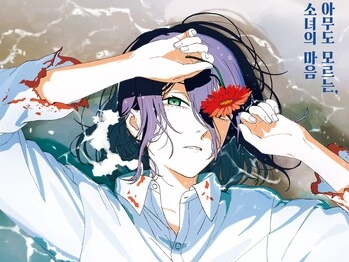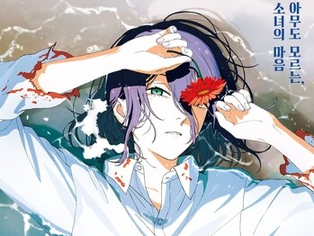*Editor’s note: K-VIBE introduces travel journals by alumni of Yonhap News Agency Travel Academy, provided in Korean and English. The original Korean article precedes the English translation.
*편집자 주: K-VIBE는 연합뉴스 <여행자학교> 수료생들의 여행기를 한국어와 영어로 소개합니다. 한국어 원문을 먼저 게재한 뒤 외국 독자들을 위해 영어 번역본도 함께 싣습니다.
일본 ‘오제(尾瀬)’-가을을 한 걸음 먼저 만나는 곳
조남경 (여행자학교 1기)
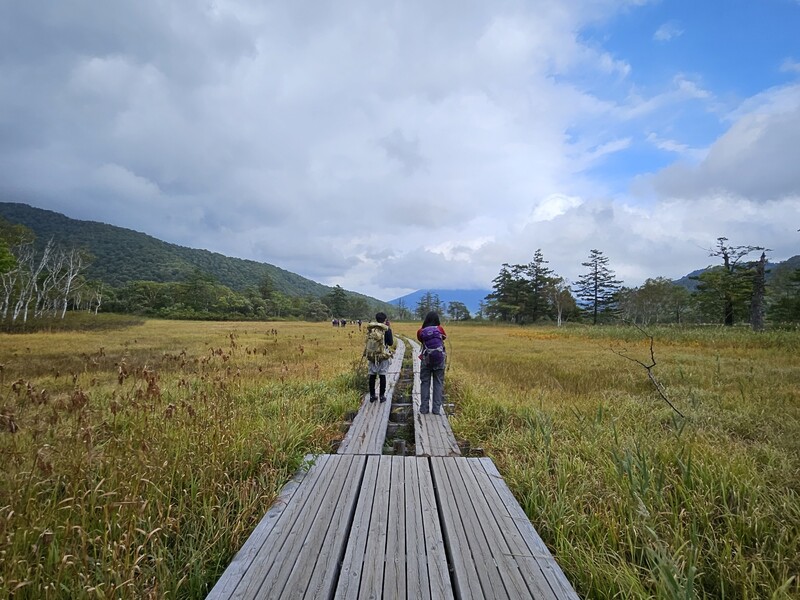 |
| ▲ 일본 오제국립공원. Japan's Oze National Park. |
늦여름이 미적거리던 시월 초 일본 오제국립공원으로 엄마와 당일치기 여행을 떠났다. 10여 년 전 예약하고 갑작스런 태풍으로 가지 못했던 곳이어서 더 큰 설렘이 있었다.
고원습지를 품고 있는 오제는 재일교포인 엄마가 한국에 사는 딸에게 꼭 한번 보여주고 싶다고 했던 곳이었는데, 그간 생업과 중고생 아이들 뒷바라지로 잊고 있었다.
코로나 창궐 후 첫 친정나들이이며 직장 은퇴 후 처음으로 일주일 넘게 친정이 있는 일본에서 함께 지내게 된 덕에 가게 됐다.
오전 7시 도쿄 신주쿠 역에서 출발해 대형관광버스와 소형 버스를 바꿔 타며 4시간 이상 걸려 도착했다.
해발 1500m에 위치한 하토마치 탐방센터에서 트레킹은 시작됐다. 고원습지를 만나려면 3킬로 이상 돌계단과 데크 길을 걸어 내려가야 했다.
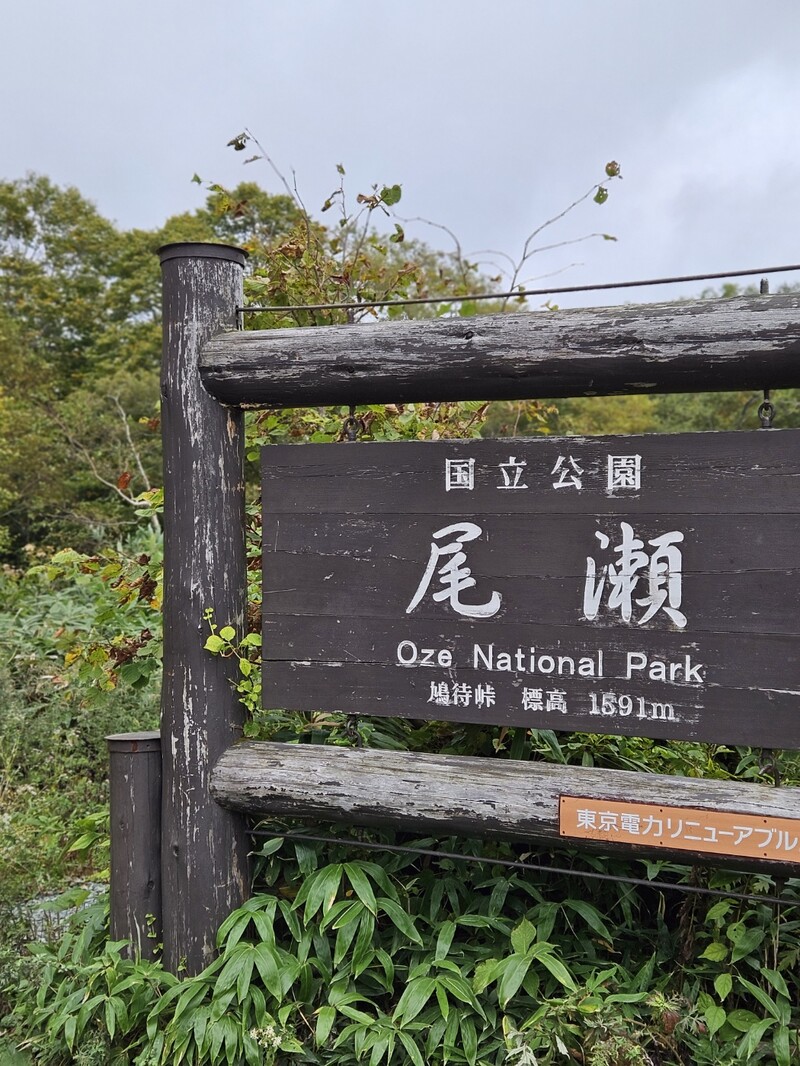 |
예보에도 없던 비까지 내려 돌계단이 상당히 미끈거렸다.
준비해간 스틱은 나무데크길 위에서 미끄러지기를 거듭해 오히려 위험한 도구가 됐다.
무릎이 안 좋은 엄마는 같이 가면 짐이 된다며 결국 탐방소에 남았다. 세월은 모녀를 기다려주지 않았다.
그토록 딸과 함께 가고 싶었던 곳을 눈앞에 두고 포기해야했던 엄마의 마음을 생각하며 홀로 산행에 나섰다.
조심스럽게 내리막길을 걸어 내려가다 단체 트레킹 온 한국 여성 한 명이 발목을 접질렸는지 일행에게 일정을 포기한다고 하며 주저앉아 있는 모습이 보였다. 욕심을 부리지 않은 엄마가 현명했다는 생각이 들었다.
가끔씩 보이는 빨갛고 노란 단풍이 가을이 왔음을 실감하게 해줬다.
보슬비로 인해 더욱 신비롭게 보이는 숲길 깊숙한 곳으로 향했다. 숲이 뿜어내는 공기에 취해 빨려 들어가듯 길고 좁은 숲길을 걸어 끝내 광활한 고산습지에 도착했다.
매년 5월부터 10월 중순까지만 입산을 허가하는 오제에서는 매월 색다른 야생화들이 습지를 뒤덮으며 피는 것으로 유명한데, 이곳은 이미 겨울이 임박했기 때문인지 거의 자취를 감췄다.
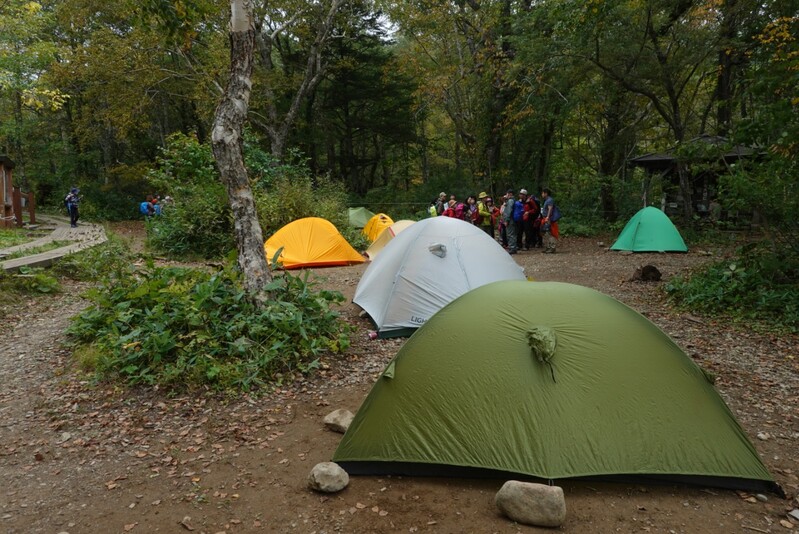 |
| ▲ 일본 오제국립공원. Japan's Oze National Park. |
산장에 도착하니 앙증맞은 여러 텐트와 평범하지 않은 풍광을 즐기려는 등산객들로 붐볐다. 둘레 70 킬로미터의 나무데크 길 습지와 2천m가 넘는 4개의 산과 온천까지, 오제를 제대로 즐기려면 2~3일 숙박이 필요하며 사전에 산장을 예약해야 한다.
당일여행이었지만, 돌아가는 버스 시간까지 여유가 있어 다른 등산객들을 따라 조금 더 습지 깊숙한 곳까지 걷고 싶은 유혹이 잠시 들었으나 곧 욕심을 내려놓고 엄마가 기다리는 곳으로 발걸음을 재촉했다.
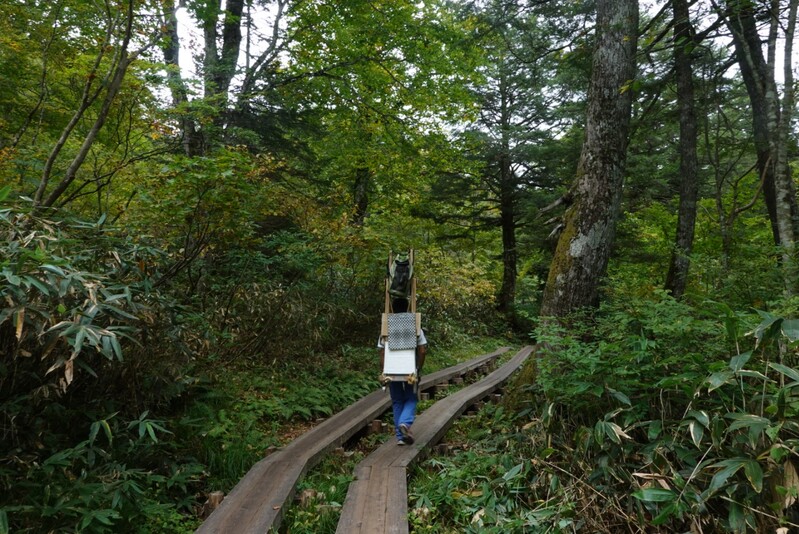 |
| ▲ 일본의 전통 짐꾼인 '봇카'. A "botka," a Japanese traditional porter, walks in Japan's Oze National Park. |
오제는 습지 외에 '봇카'라는 짐꾼이 아직도 남아 있는 것으로 유명해서 산행 중 혹여 만날 수 있을까 기대했는데 산장에 짐을 풀고 돌아가는 두 명을 만나 인사도 나눴다.
봇카는 일본 산에서 여러 산장까지 식료품을 나르는 짐꾼이다. 현재는오제에만 소수가 남아 활동한다고 한다.
많게는 100킬로까지 매일 오전 10여 개 산장까지 신선한 식료품을 배달하는 봇카들이 존재하기에 탐방객들이 산장에 머물며 맛난 음식과 함께 호텔에서처럼 편안하게 즐기며 오제를 제대로 여행할 수 있다.
그들의 삶의 무게를 공감하며 일상의 편안한 삶을 지탱해주는 여러 직업군에 감사함을 느낀 짧은 조우였다.
조금 전 본 부상 등산객을 그리 대수롭지 않게 여겼는데 회귀할 때 보니 구급대원 등에 업혀 올라가고 있었다.
3시간가량 추운 곳에서, 그것도 타국의 깊은 산중에서 마음고생이 심했을 것 같았다.
홀로 기다리고 있을 엄마 모습이 어른거리고 안쓰럽게 느껴져 돌아올 때는 경치도 눈에 잘 들어오지 않았다. 엄마 또한 출동한 구급차와 구조된 등산객을 보며 딸의 무사귀환을 염려하셨을 것이다.
일본 사람들이 생애 한번은 꼭 가보고 싶어 한다는 오제의 풍광을 만나고 돌아가는 길에 느꼈던 오제 단상을 중국 옛 시 ‘풍수지탄(風樹之嘆)’으로 대신한다.
樹欲靜而風不止 (수욕정이풍부지)
子欲養而親不待 (자욕양이친부대)
往而不可追者 年也 (왕이불가추자년야)
去而不見者 親也 (거이불견자 친야)
나무는 고요하고자 하나 바람이 그치지 않고
자식은 효도하고자 하나 부모는 기다려주지 않는다
흘러가면 좇아갈 수 없는 것이 세월이며
돌아가시면 다시 볼 수 것이 부모님이다.
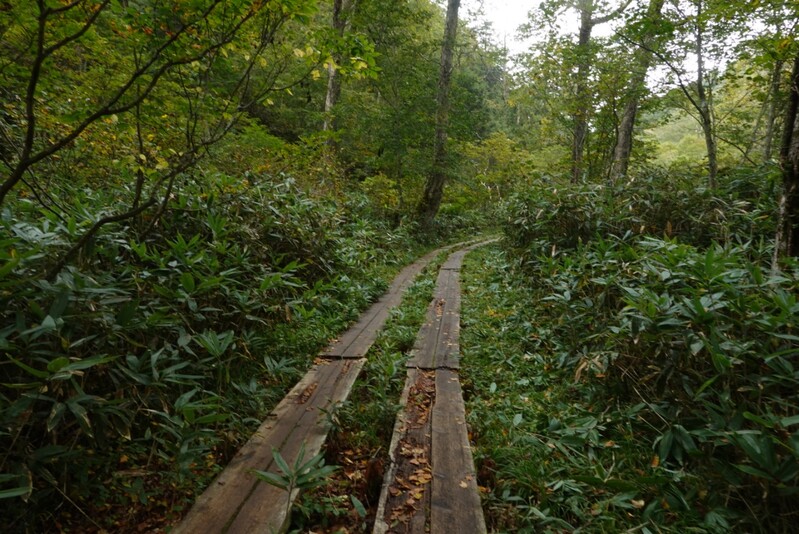 |
| ▲ 일본 오제국립공원. Japan's Oze National Park. |
Taking a peep at autumn in Japan’s Oze
By Joh Namgyong (Alumnus of Travel Academy season 1)
 |
| ▲ 일본 오제국립공원. Japan's Oze National Park. |
In early October, as late summer was fading away, I embarked on a day trip to Japan's Oze National Park with my mother. It had been more than a decade since we had made reservations to visit the place -- we couldn't make it due to a sudden typhoon, so this journey thrilled us even more.
Oze, with its high plateau wetlands, was a place where my mother, a Korean expat in Japan, had always wanted to show her daughter in Korea. She had forgotten about it over the years, preoccupied with her job and taking care of her adolescent children.
This trip wasn’t only our first family outing since the outbreak of the pandemic, but also the first time I had spent more than a week in Japan since retiring from work (allowing us to make this journey.)
We departed from Tokyo's Shinjuku Station at 7 a.m., switching between large tourist buses and small buses, taking over four hours to reach our destination.
We hiked at the Hatomachi Visitor Center, located at an altitude of 1500 meters. To reach the high plateau wetlands, we had to walk down over three kilometers of stone steps and wooden decks.
 |
Unexpected rain made the stone steps quite slippery.
The walking sticks I had brought became more of a hazard than a help as they kept slipping on the wooden deck.
Due to her knee problems, my mother decided to stay at the visitor center. The flowing time did not let us make the mother-daughter adventure. I set out on the hike alone, regretting my mother's disappointment about having to give up on a place she had so wanted to visit with me.
Carefully descending the downhill path, I encountered a Korean woman hiking alone. She seemed to have twisted her ankle and was contemplating giving up on the hike. I realized my mother had been wise not to push her luck.
The occasional red and yellow autumn leaves sightings reminded us that autumn had arrived.
We ventured deeper into the forest, which appeared even more mysterious due to the drizzle. As if drawn into the forest's deep breaths, we walked along the long and narrow forest path and finally arrived at the vast highland wetlands.
Oze, known for its diverse wildflowers from May to mid-October, was relatively devoid of its usual floral splendor, likely due to the impending winter.
 |
| ▲ 일본 오제국립공원. Japan's Oze National Park. |
Upon reaching the mountain lodge, we saw several tents and hikers seeking to enjoy the extraordinary scenery. Oze includes a 70-kilometer wooden deck path, wetlands, four peaks over 2,000 meters, and hot springs. To fully experience Oze, one needs to spend at least 2-3 days, in addition to making reservations in advance at the mountain lodge.
Although it was a day trip for us, I briefly considered walking further into the wetlands along with other hikers before realizing I should return to where my mother was waiting.
 |
| ▲ 일본의 전통 짐꾼인 '봇카'. A "botka," a Japanese traditional porter, walks in Japan's Oze National Park. |
Oze is also famous for traditional "botka” or porter. Botkas carry goods between various mountain lodges in Japanese mountains.
Currently, only a few botkas remain active in Oze. These botkas can carry up to 100 kilograms of fresh groceries to 10 or more mountain lodges each morning, allowing visitors to enjoy Oze like a hotel, with delicious food in a comfortable setting.
Meeting them briefly made me appreciate the weight of their lives and feel grateful for the various professions that support our daily comfort.
I had previously thought little of the other hiker’s injury, but when we returned, I saw the woman being carried up on a stretcher, likely having endured a tough ordeal in the cold, deep mountains of an alien land for about three hours.
My mother, who had been waiting alone, also looked worried and concerned. She must have been anxious about her daughter's safe return.
As I looked at the stunning scenery of Oze, Japan’s must-visit place of life, an ancient Chinese poem, "Fengshuizhitan (Regretting over having failed to take good care of one’s late parents)," came to my mind.
樹欲靜而風不止
子欲孝而親不待
往而不可追者年也
去而不見者親也
The trees yearn for quietness, but the wind does not cease.
Children may wish to be filial, but parents do not wait.
Time flows like a river, and nobody can follow the passage of time.
After parents pass away, we shall not see them ever again.
jwc@yna.co.kr
 |
| ▲ 일본 오제국립공원. Japan's Oze National Park. |
(C) Yonhap News Agency. All Rights Reserved

































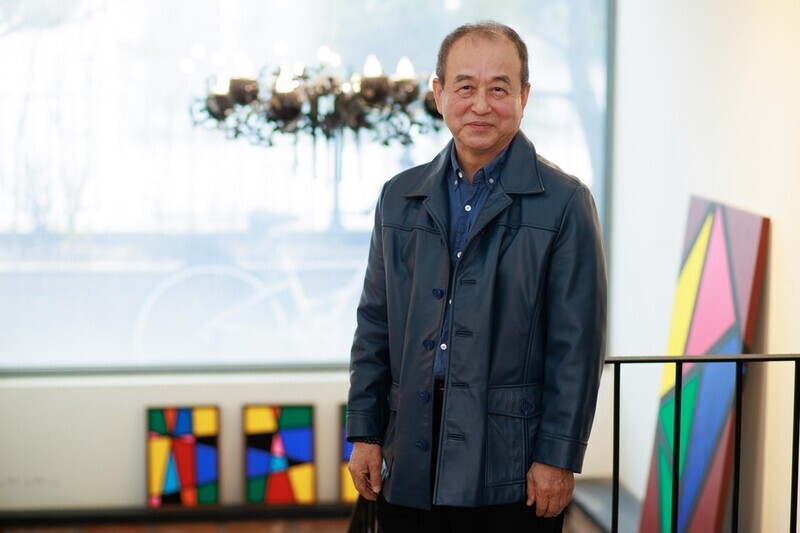

![[가요소식] 보이넥스트도어, 신보로 3연속 밀리언셀러 달성](/news/data/20251025/yna1065624915905018_166_h2.jpg)



